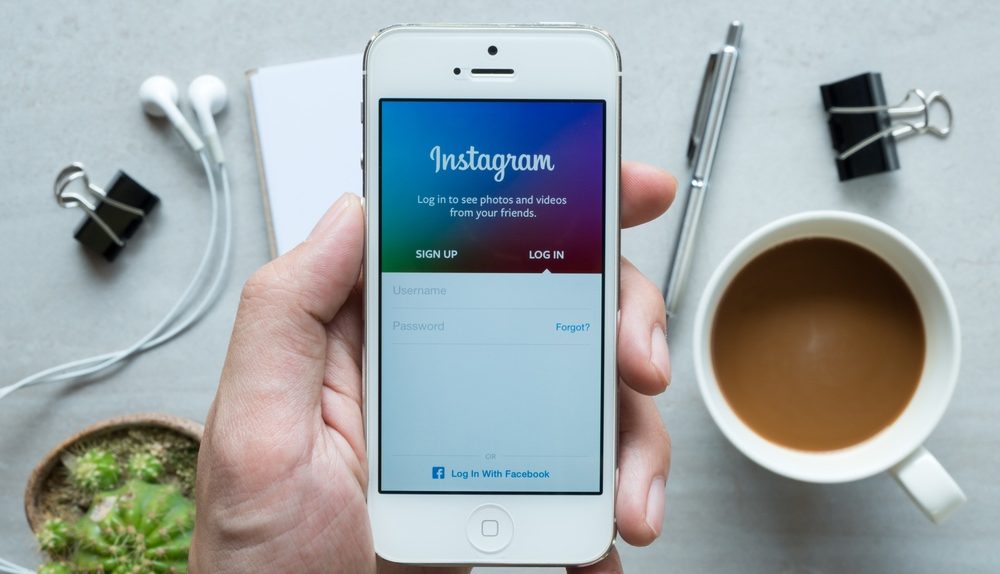In April of 2012, Facebook shocked the tech world when it acquired Instagram for $1 billion. At the time, the acquisition raised quite a few eyebrows, along with many more questions than answers. Not only did people wonder how Instagram would fit into Facebook’s existing business, many also questioned if Facebook CEO Mark Zuckerberg had lost his mind by outlaying $1 billion for a company that, at the time, had no revenue.
Even Jon Stewart got in on the anti-Facebook bandwagon at the time. Following news of the acquisition, Stewart mocked the social sharing network during an episode The Daily Show.
“A billion dollars of money?!” Stewart exclaimed. “For a thing that kind of ruins your pictures? The only Instagram worth a billion dollars would be an app that instantly gets you a gram.”
Video of the segment can be seen below.
But Zuckerberg is a smooth operator who didn’t create a groundbreaking social networking empire by haphazardly throwing money down the drain on poorly conceived ideas. So now, nearly five years after doling out a cool billion for the popular photo-sharing site, Facebook’s Instagram acquisition not only looks like a bargain, but a full-fledged stroke of genius. All the more impressive, at least in hindsight, is that Zuckerberg reportedly pulled the trigger on the deal without even consulting his board of directors, opting to handle negotiations with Instagram CEO Kevin Systrom all by himself over the course of a few days.
In short, Zuckerberg had a vision for where Facebook’s future needed to go and he was eager to take matters into his own hands rather than drowning in a predictable sea of board meetings, slide decks, financial projections, and corporate bureaucracy.
Back in 2012, Instagram was growing at a rapid clip, so much so that Facebook viewed it as a threat. With photo-sharing positioned as a cornerstone of the Facebook user experience, Zuckerberg was understandably concerned that Instagram’s growing influence and popularity might one day undermine Facebook’s appeal. But instead of trying to compete with Instagram, Facebook figured it’d be smarter to just bring the entire company in-house.
Instagram was and remains decidedly mobile-oriented company, and Zuckerberg, to his credit, recognized that the tides of the industry were rapidly shifting away from the desktop. Mobile was already the next big thing and Facebook was reasonably worried about the industry passing them by. This realization may have been a bit late, but once Zuckerberg saw where the industry was headed, he wasted no time doing an about-face and completely retooling Facebook’s priorities.
Indeed, the most valuable CEOs aren’t necessarily the ones who put together a perfect business strategy from day one. On the contrary, the most valuable CEOs are willing to admit that their current strategy is either a) not working or b) outdated and, in turn, have no qualms about doing a complete 180 in order to get back on track.
Following an impressively seamless integration under the Facebook umbrella, Facebook wisely allowed Instagram to grow organically. Over the last few years, the total number of Instagram users has skyrocketed. By the end of 2014, Instagram boasted 300 million users who were sharing 70 million photos and videos every day.
As impressive as those figures were at the time, Instagram was just getting started. Thanks to increasingly tighter integration with Facebook, not to mention a slew of new features (some of them liberally inspired by and borrowed from services like Snapchat), Instagram growth trajectory has continued to explode under the Facebook umbrella.
Over the last two years, Instagram’s active user base has doubled and now stands at an impressive 600 million users. Instagram today is now nearly twice as big as Twitter. As an additional point of reference, consider this: Instagram boasted 35 million users when Facebook first came knocking in 2012. About 18 months later, Instagram’s user base stood at 150 million. And showing no signs of slowing down, Instagram’s active user base jumped from 500 to 600 million in just the last 6 months alone, marking its “fastest growth rate ever.”
Incredibly, Facebook saw the longterm potential and impact of Instagram and managed to swoop in and acquire the company long before its user base began to accelerate wildly. What’s more, the vast majority of Instagram users are young and under the age of 29, making the site’s growing pool of users all the more attractive to advertisers.
While some corporate acquisitions don’t work out, Facebook’s Instagram acquisition has seemingly run smoothly right from the start. With Instagram in tow, not to mention WhatsApp, Facebook’s mobile footprint is a force to be reckoned with.
From an economic standpoint, Instagram is already paying dividends via highly targeted and lucrative ads. During the first quarter of 2016, for example, it was estimated that revenue from Instagram checked in at $572.5 million and accounted for 10% of Facebook’s overall revenue. In fact, analysts at Credit Suisse believe that Instagram will have delivered $3.2 billion in revenue for Facebook by the time 2016 comes to a close. That’s not bad for a $1 billion acquisition that Facebook is still in the relatively early stages of monetizing.
Today, some analysts believe Instagram should be valued somewhere in the $25 billion to $35 billion range, if not even higher. As a point of reference, Instagram’s valuation just five months before being acquired by Facebook was $100 million, though that figure jumped to the $300-$500 million range at the time of acquisition. Regardless, you’ve got to give Zuckerberg credit for not only seeing the strategic importance of Instagram, but also for his willingness to pay what many at the timed thought was an exorbitant price for the company. More broadly, Zuckerberg’s refocus on all things mobile deserves similar praise as mobile now accounts for more than 80% of Facebook’s overall revenue.
Mark Zuckerberg’s decision to purchase Instagram was arguably curious at the time, but with the benefit of hindsight, it was clearly a stroke of genius.








